Pura Vida

2 toed Sloth at the Sloth Sanctuary, MonteVerde Cloud Forest Adventure Park
January 20, 2022
The definition of Pura Vida means “Pure Life.” It’s an ordinary thing to be walking through town in Costa Rica and having someone say pura vida if they bump into you.
My family and I stayed in Costa Rica for 8 days. The first four days, we stayed in MonteVerde where we spent the night at Valle Escondido Preserve Organic Farm. After that, we drove to MonteZuma where we stayed at the Wild Sun Animal sanctuary for 4 more days. I’m sure that you will find at least one thing to do in Costa Rica that will make you want to come back for more.
Costa Rica is a country that is expensive to stay in, but it’s worth it.
Working Around MonteVerde
MonteVerde Costa Rica is a great city in Costa Rica to stay in if you enjoy rainier and cooler weather.
The owner of the organic farm, where we stayed, explained to us that his farm is built on “Permaculture.” The definition of permaculture is, “a design system, a natural resource management methodology that looks at ways to catch, store, and use energies efficiently. It’s main goal is to recharge the earth and provide an enriched state for both human use and for nature.”
Permaculture 12 Principles:
- Observe and interact
- Catch and store energy
- Obtain a yield
- Apply self regulation and accept feedback
- Use and Value renewable resources and services
- Produce no waste
- Design from patterns to details
- Integrate rather than segregate
- Use small and slow solutions
- Use and value diversity
- Use edges and value marginal
- Creativity use and respond to change
During our stay in MonteVerde, we went on a coffee, cocoa, and sugar cane tour at a coffee plantation. Diego, part owner and son of owners at the plantation, guided our tour. He explained to us that it’s difficult to farm in MonteVerde because of a lot of things; Elevation, weather, lack of resources, and the amount of animals, like snakes and mice that make the sugar cane plants their home. Sugar cane is especially hard to grow and harvest in MonteVerde. Because of the high amount of rain that Costa Rica gets, the sugar cane contains 70% of water and only 30% of sugar. Although most sugar cane plantations burn the excess moisture, it is almost impossible to do a controlled fire in Costa Rica because of the amount of wind. Another difficulty farmers run into when harvesting in Costa Rica [MonteVerde], its hard to use harvesting machines because MonteVerde is not flat, so machetes are the only option.
Diego tells us that during the harvesting seasons, families from Nicaragua come to pick the coffee beans. The farm provides temporary housing to the families, and though it sounds nice to have a home provided to you in beautiful Costa Rica, these families aren’t spending their time having fun. In fact, almost every member of the family spends a full day picking 28lb. Baskets of coffee, and for each basket they pick they get paid a flat $2 per basket. Diego says, “the average amount of baskets filled per day is 15, and 15 times $2 is $30 a day.”
That 28lb’s of coffee, ends up only being 2lb’s of coffee after the whole coffee roasting process. At this point, we know, that isn’t a lot of coffee for a day’s work.
Animals in Costa Rica
There are a variety of amazing, cute, colorful, and cool animals in Costa Rica.
At the butterfly garden at the Valle Escondido Preserve, we were able to learn all about the bugs [not just butterflies] that are in Costa Rica. Our tour guide walked around showing us scorpions, spiders, stick bugs, dung beetles, and more. Of course, we did learn a lot about butterflies. Most butterflies eat fermented fruit, and that fruit is almost like wine. That does give the butterflies a buzz feeling, like the kind humans usually feel when they drink too much alcohol. They fly around, mate, and eventually they do die. The butterflies that aren’t attracted to fruit, drink nectar from flowers.
One of the most common butterflies you will see in Costa Rica is actually the butterfly emoji on most phones. It’s called the Blue Morphos Butterfly. Its wings are a vibrant blue, and it’s hard to catch sitting still because it;s usually flapping its wings constantly. Another commonly seen butterfly is called the, “Owl Butterfly.” The outside of its wings present two large eyes that resemble owl eyes or snake eyes. They are there to threaten the butterflies’ predators.
During our night hike at Valle Escondido Preserve, our tour guide, Maricio, pointed out many types of animals.
Leaf Cutter Ants
Leaf Cutter Ants are a type of ant, and their job is to cut tiny pieces of leaves and bring them to their 34 meter long colony. They store the pieces of leaf they collect and they wait until they can eat the fungus that grows on the leaf pieces. Leaf Cutter Ants are easy to spot because they make trails all over the rainforest that eventually lead to their colony. They use chemicals that they scent to find their direction to their colony. According to our tour guide, Maricio, “tourists don’t always watch where they step, and end up dragging the ant’s scent all around trails.”
Sloths
It isn’t very common to see sloths in Costa Rica, and though they are an animal you are eager to see when you get into the Costa Rica rainforests, you most likely won’t see them. Sloths spend 17 hours of the day sleeping up in the rainforest canopies. Their green brown fur blends into the trees so they can hide from their predators (Jaguars, and pumas). Our tour guide at the Cloud Forest Adventure Park told us that it’s hard to keep this 2nd slowest mammal on the planet safe in the wild. Since they are so slow from their low body temperature, it can be hard for them to move around on the forest floor when they need to climb down. In Costa Rica, it’s illegal to breed and keep male sloths in captivity, that makes it harder to breed more sloths into the wild and help their population grow.
Red Knee Tarantula
Tarantulas are made to look like a scary and deadly spider, but actually, tarantulas are no more dangerous than an average wasp. There are no tarantulas that have ever killed a human, as a matter of fact, they eat small bugs. They wait in their burrow and when they sense vibrations of something moving, they jump into action, literally.
One common animal people think of when they think about Costa Rica, is a sloth. As much as you hope to see a sloth in Costa Rica, they are very hard to spot. They spend 17 hours sleeping high above in the canopies of the rainforest, keeping away from their predators, like pumas and jaguars. Sloths are vulnerable to predators because of how low their body temperature is, which makes them the second slowest mammal in the world. And though thats true, sloths have great ways of hiding. They use their hook claws to climb trees, and their green fur helps them blend in.
MonteZuma
MonteZuma is a city in Costa Rica that you will love if you enjoy hot weather and salty warm water.
During our time in MonteZuma, we stayed at the Wild Sun Animal Sanctuary Hotel. There, not only do they let people sleep in their beautiful ocean view hotel rooms, they take hurt and sick wild animals and get them ready to go back into the wild once they are healed. The volunteers there, do handle the animals, but we were told not to interact with them or take pictures of the animals being held. The reason for that is so the animals don’t get attached to humans, and that is necessary so they can be released.
Day 2 in MonteZuma was an adventure. I learned how to surf, and before we got onto the water, we had to learn the 5 surf safety rules in order to keep the surfer safe and others in the water safe as well.
The 5 Surf Safety Rules:
- When you are walking into the water, always walk side by side and never walk behind someone else with a surfboard.
- Always turn with the surfboard on your inside.
- Look around you before you catch a wave, and always wait if someone is surfing that wave you want.
- Get out of the way if you lose your surfboard in a wave.
- When falling off your board, cover your head with your arms underwater and when you get out of the wave.
During our last day in Costa Rica, we boated over to Tortuga Island to go snorkeling and have a fresh prepared meal on the beach. Unfortunately, most of the coral reef we were snorkeling around was dead, most likely caused by tourists swimming too close to the reef or even touching the coral. According to the National Ocean Service, the ocean is like a massive sink that absorbs Co2, and that’s one of the Pros of having healthy coral. But when the ocean is warming, and coral is dying, the earth is affected greatly. Storms are more severe, sea life dies, and ocean chemistry changes. Things did turn into more of a positive outlook on our way back to MonteZuma. We had a chance to see a pod of dolphins swim with our boat, and that was incredible.
In conclusion, Costa Rica is a great place to go if you don’t know where to go for vacation. There are lots of things to do there, whether it’s surfing, ziplining through the rainforest canopies, snorkeling, hiking, swimming, and just like myself, you will learn a lot.


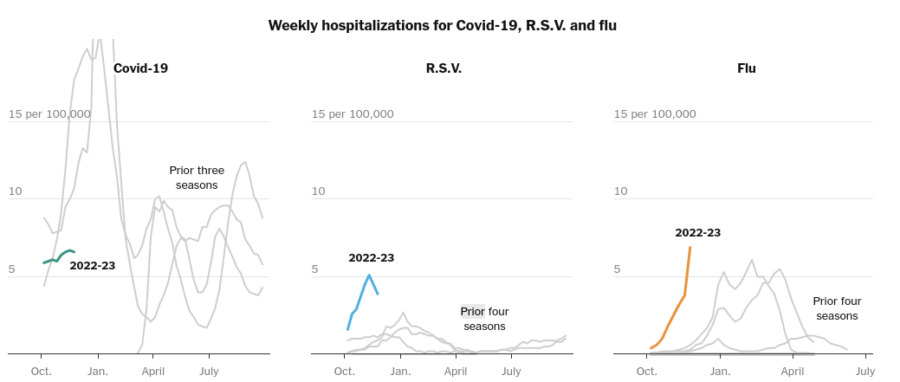
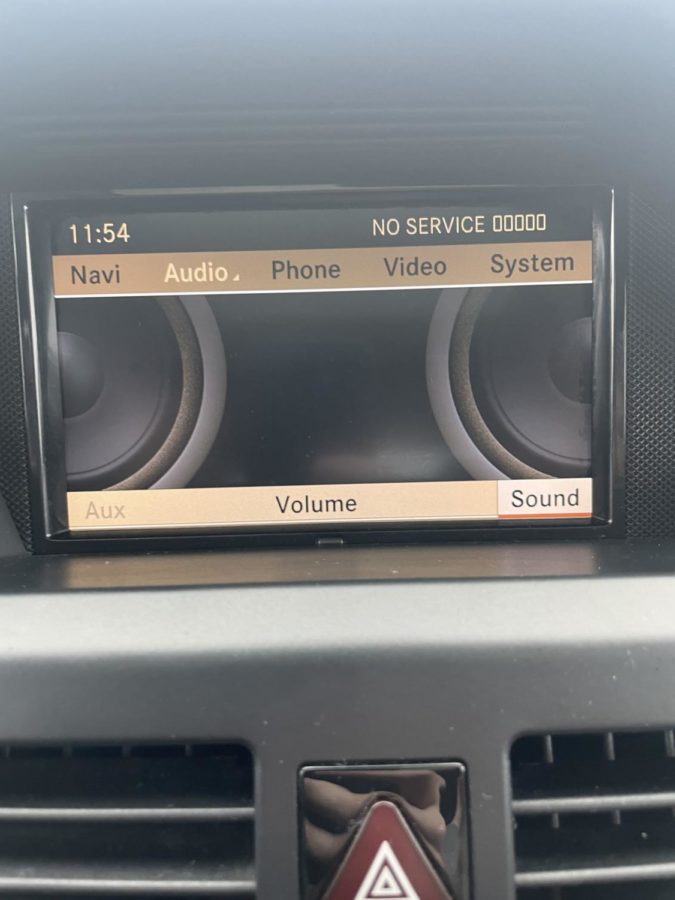
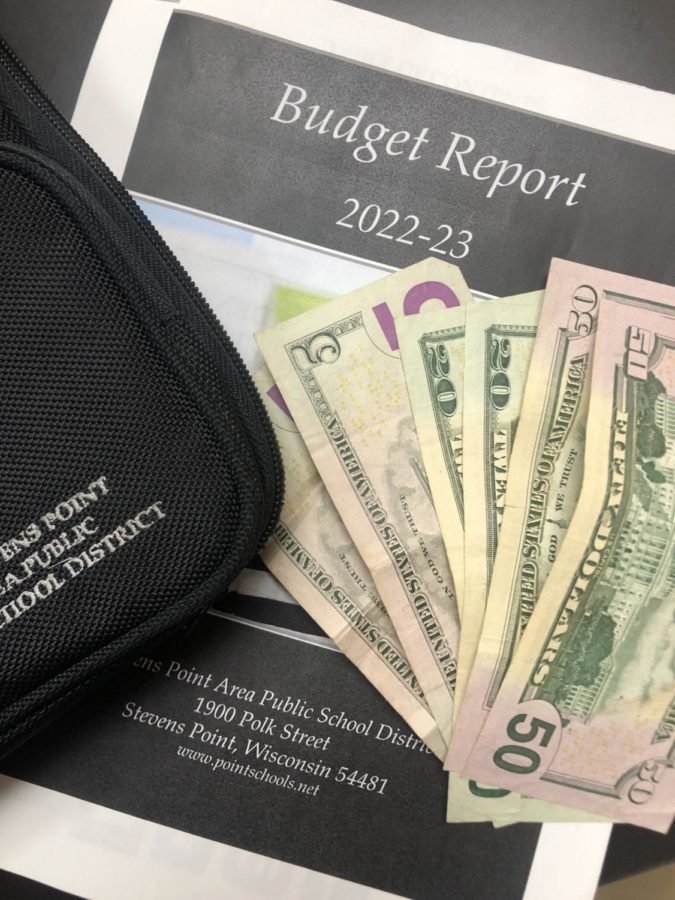
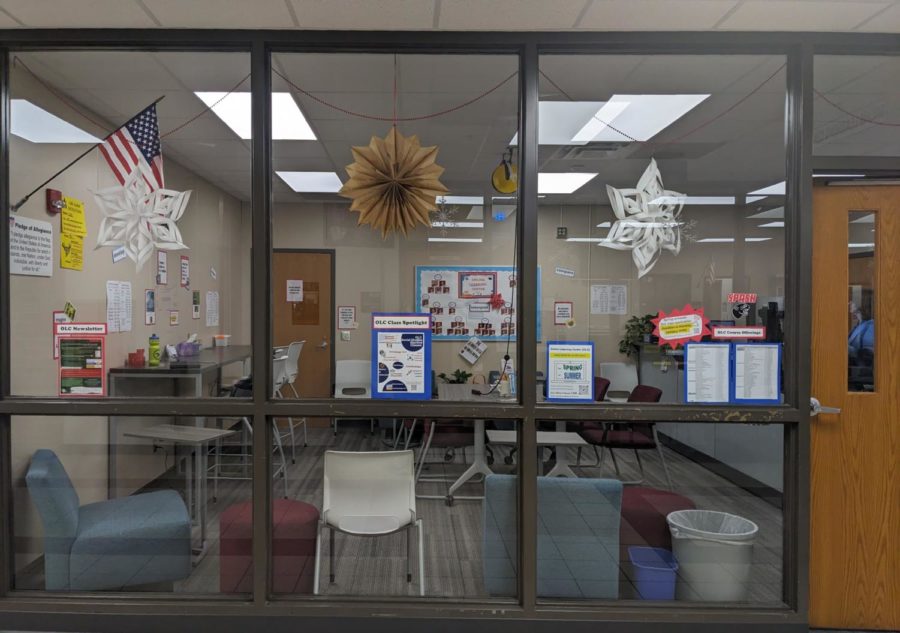
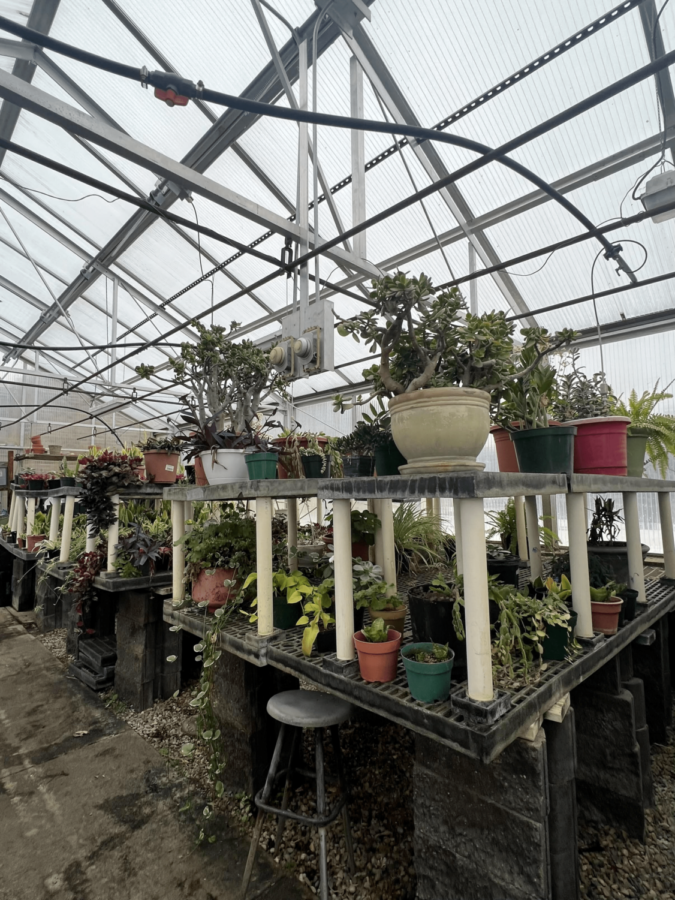


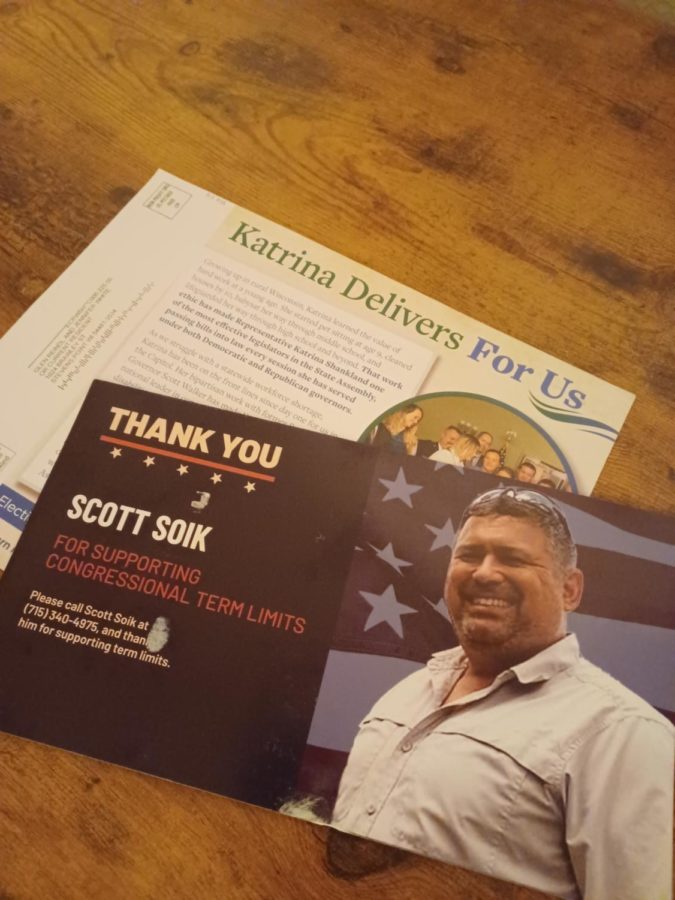
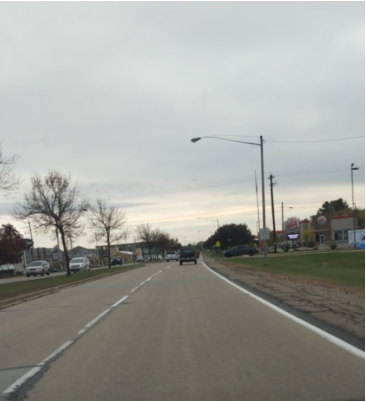
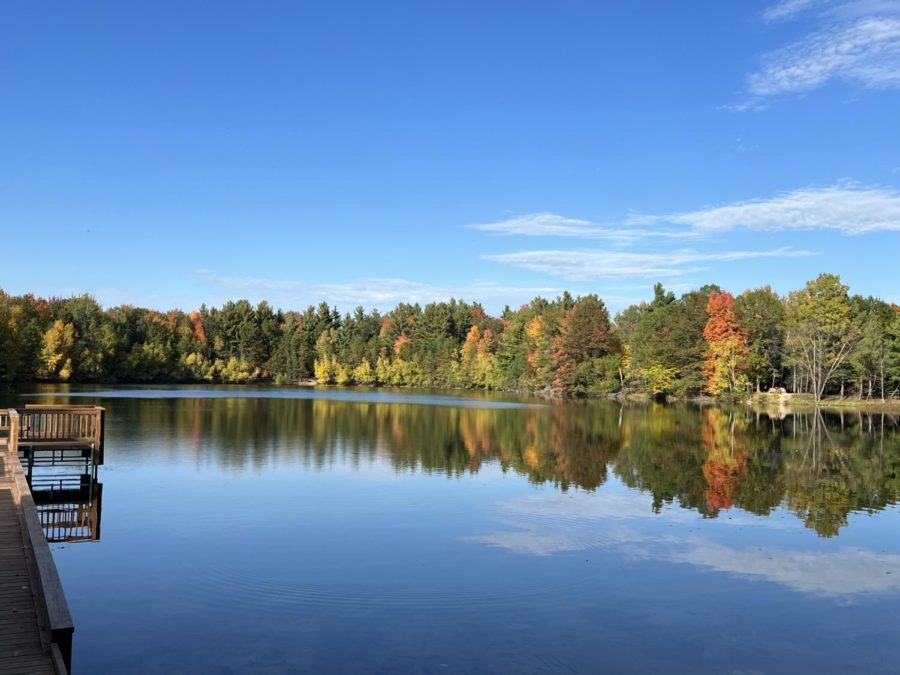

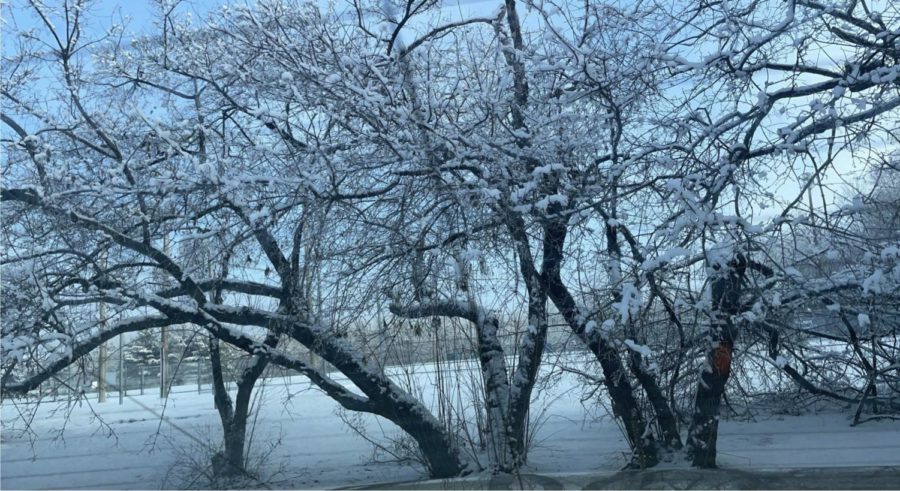
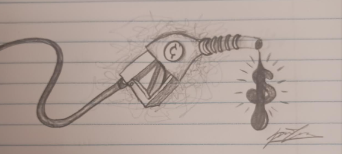
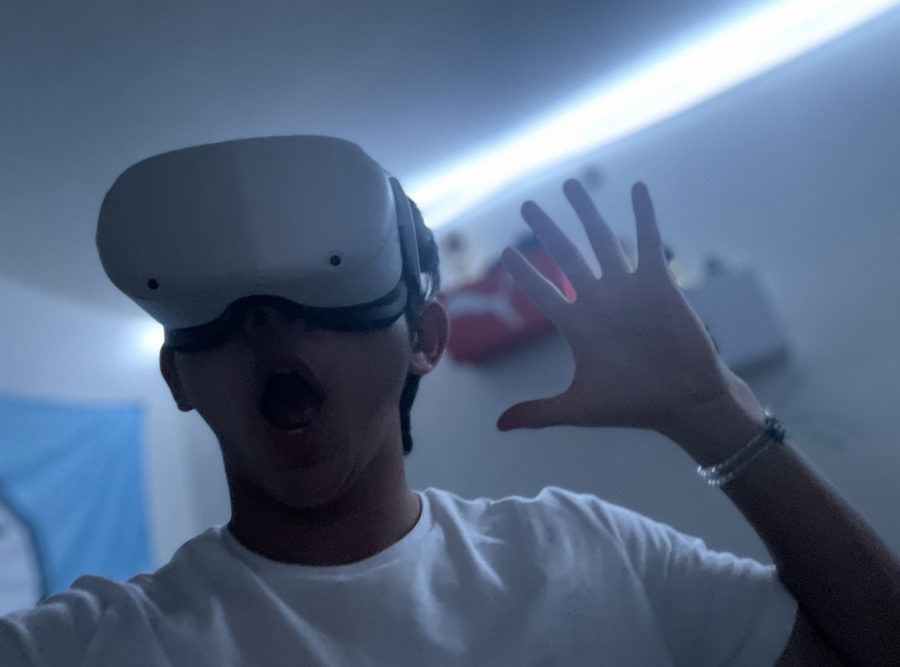

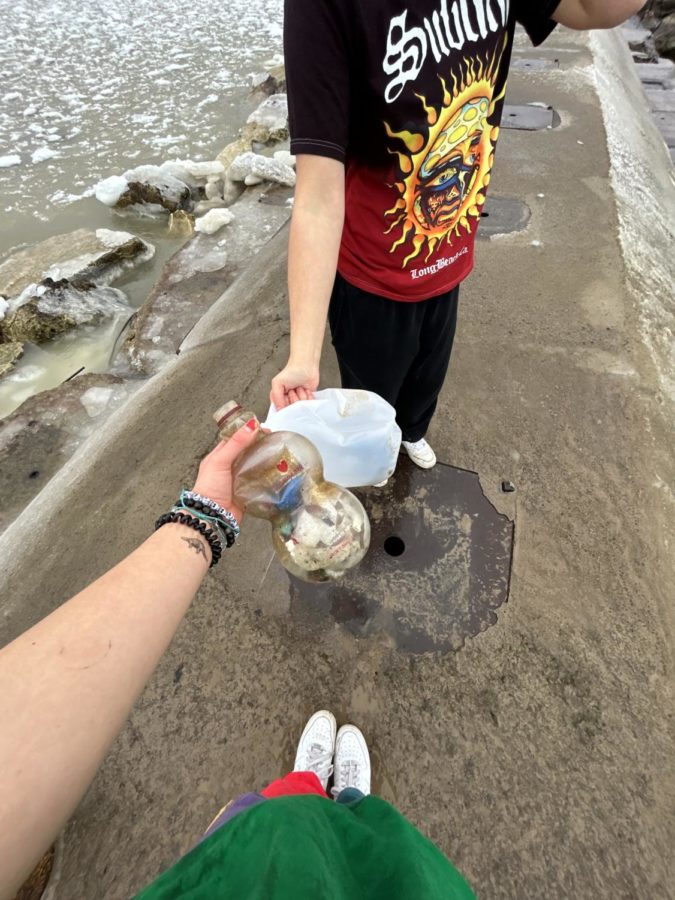
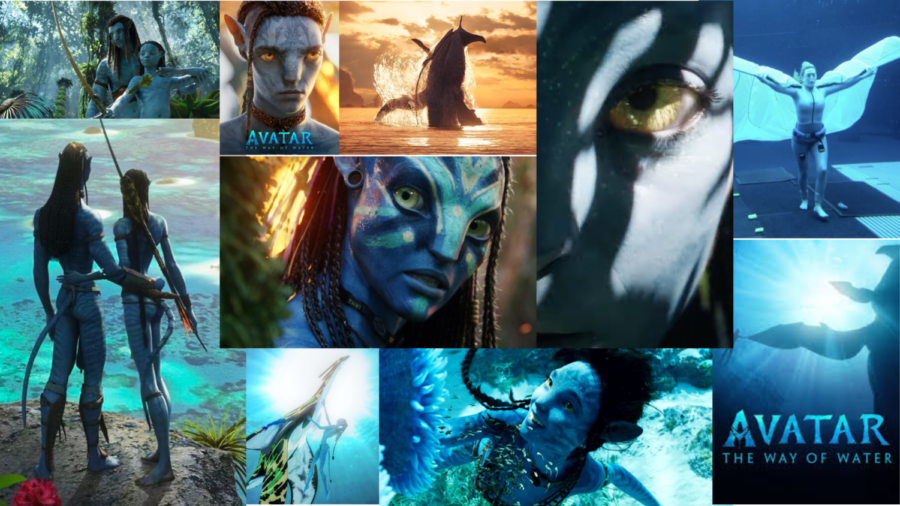
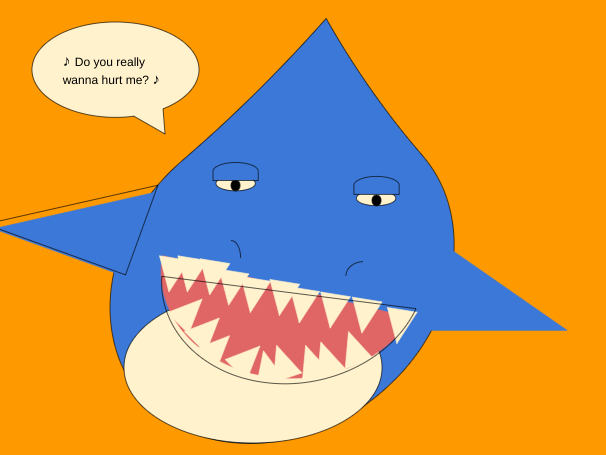




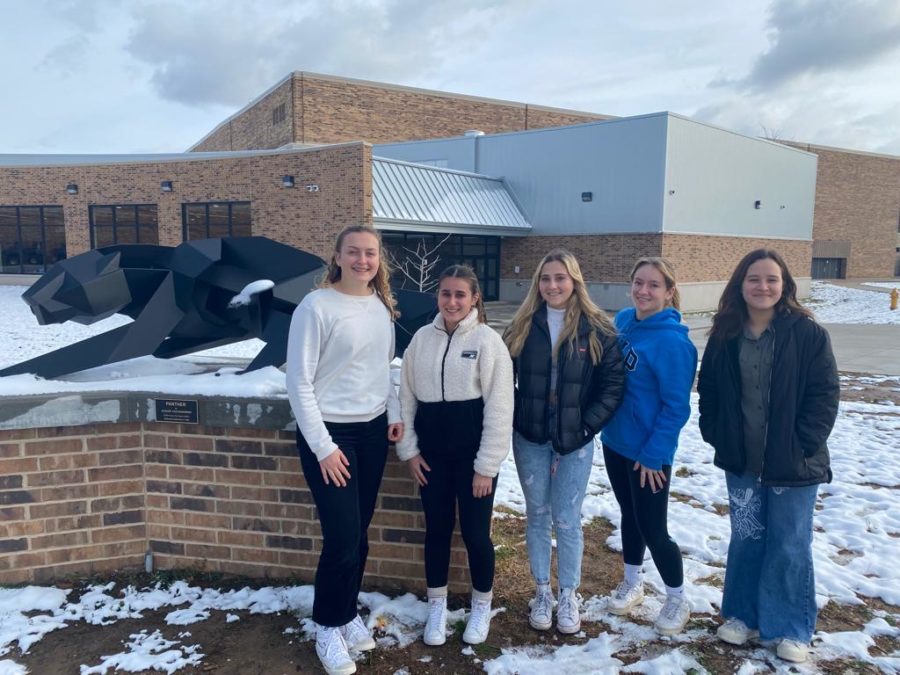







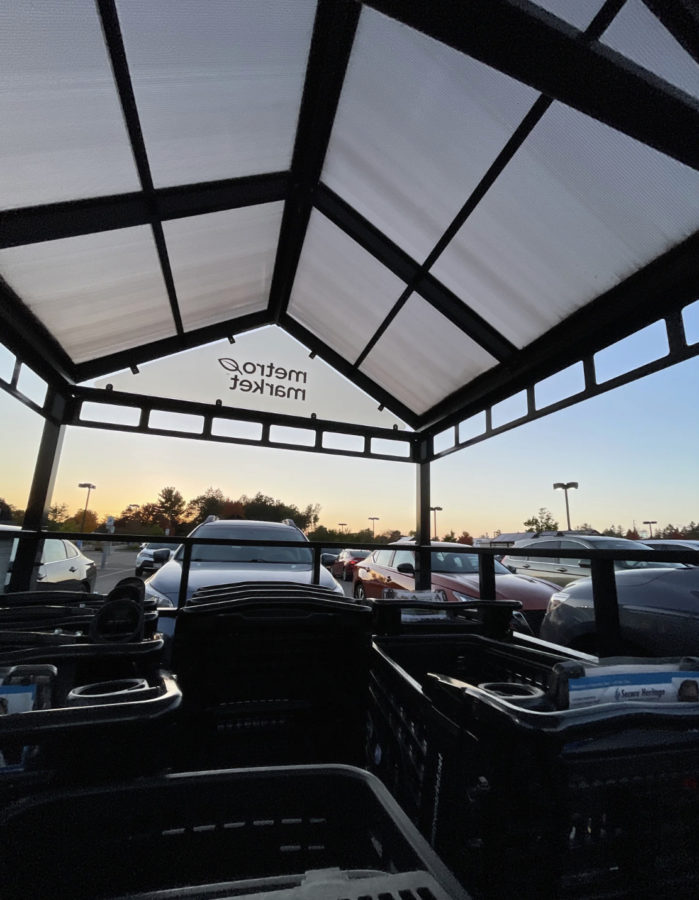


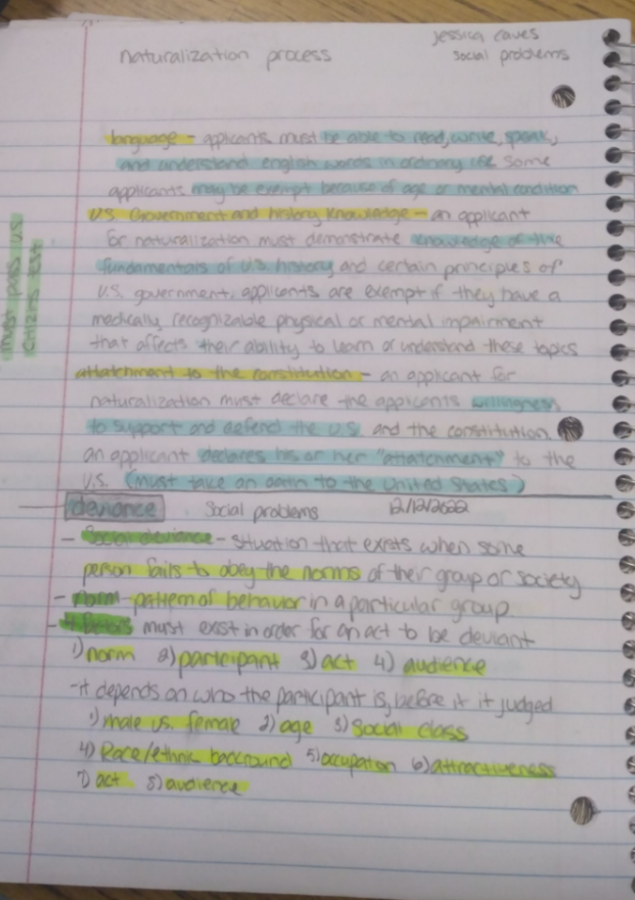
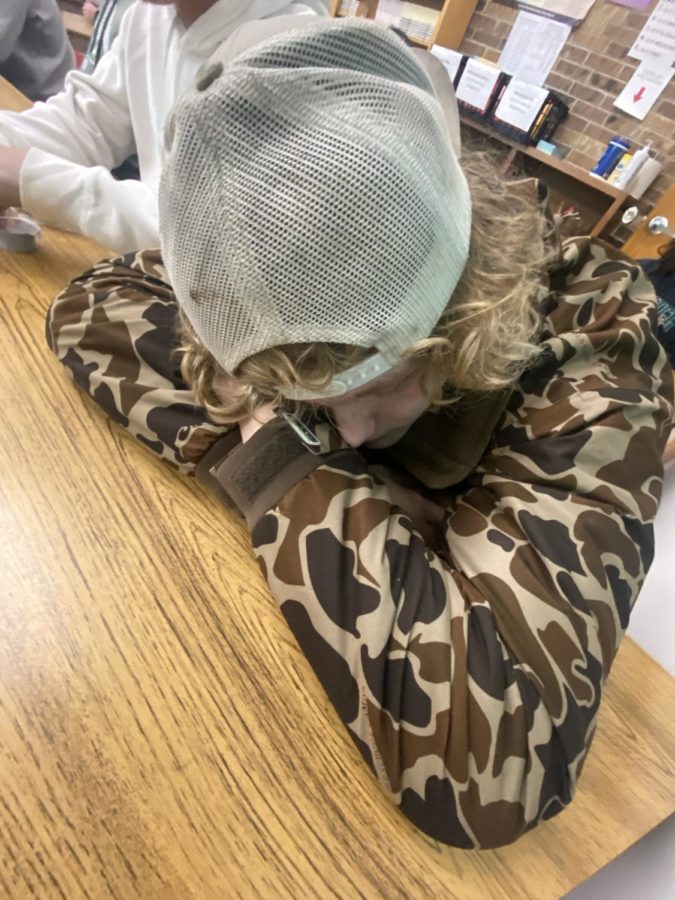

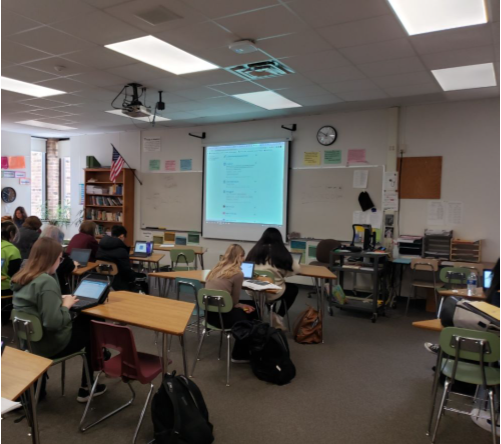
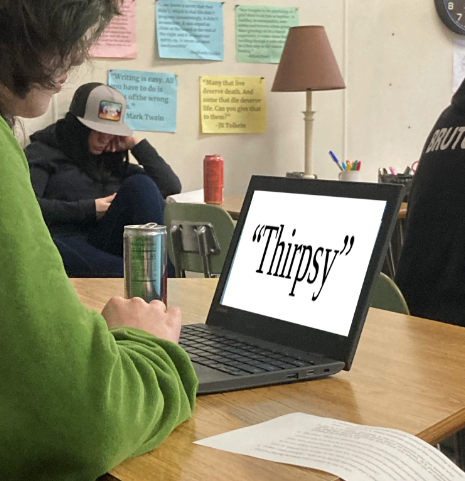


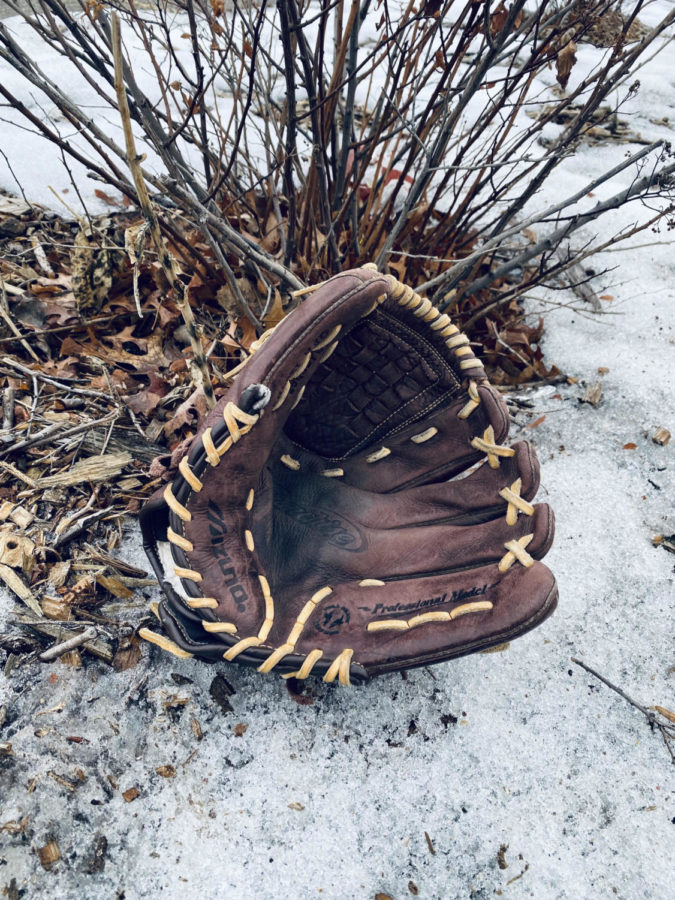

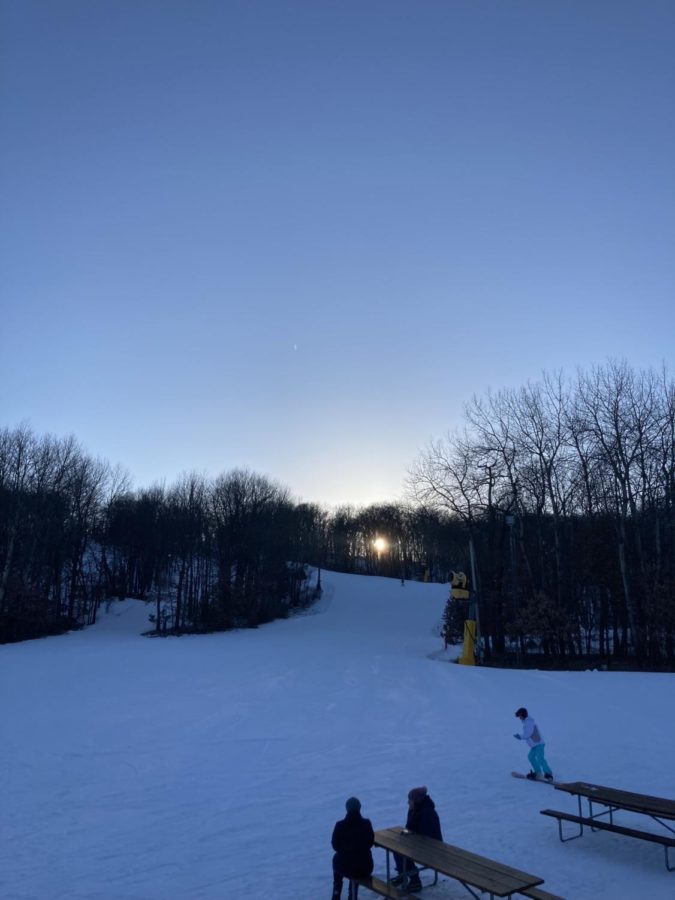

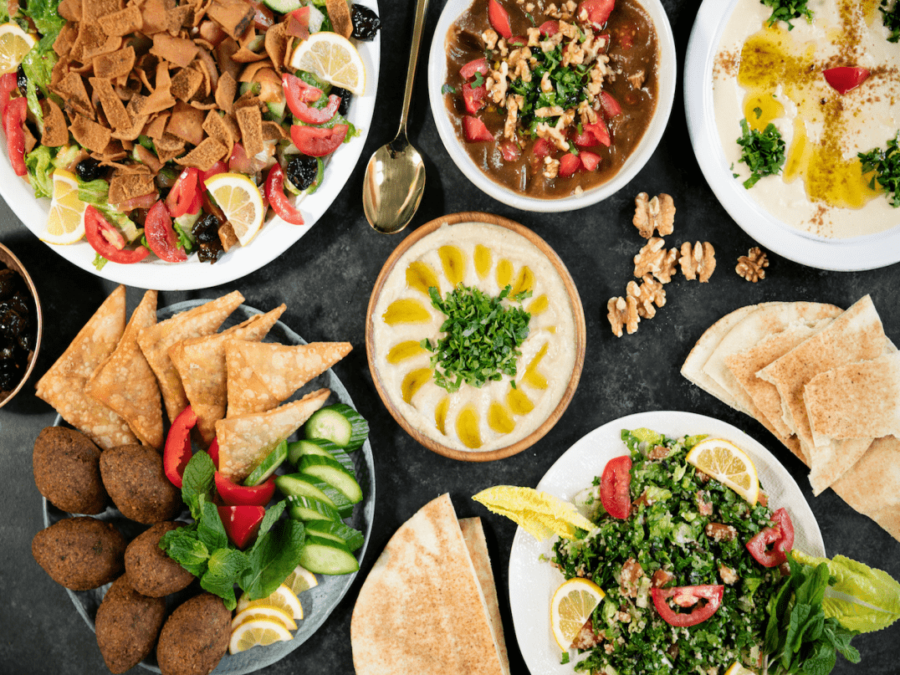
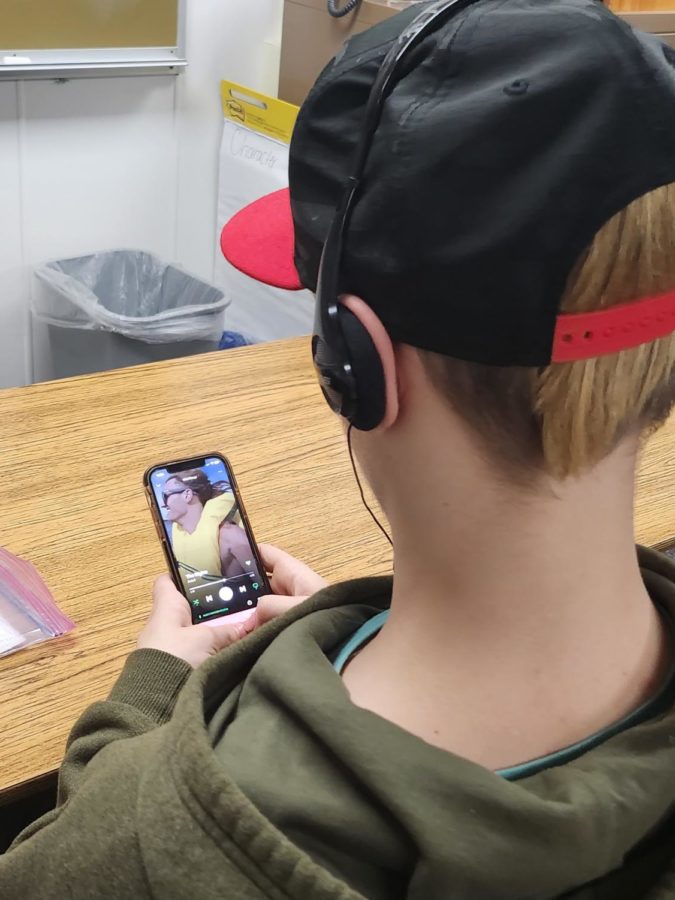

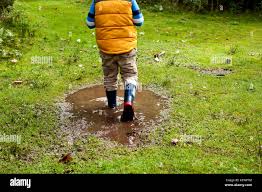







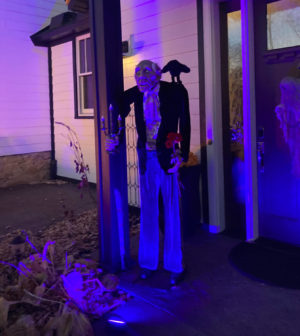
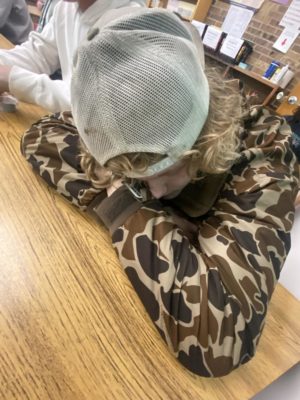




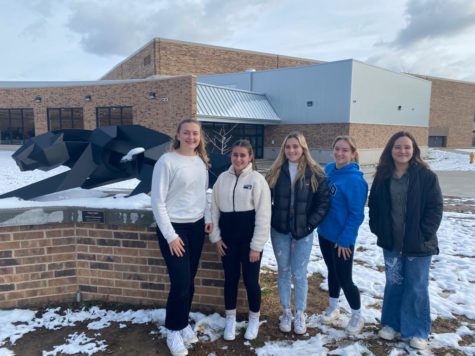



Ms. Plaisance • Jan 24, 2022 at 1:01 PM
Aileen,
I enjoyed reading this piece! You learned and retained so much from your trip. Keep being curious, keep recording what you learn, and please, please keep traveling!
I suggest visiting Ecuador in your future!
Navaya • Jan 20, 2022 at 10:00 AM
BUSSIN BUSSIN AILEEN!!!!! Sounds awesome. Very interesting<3